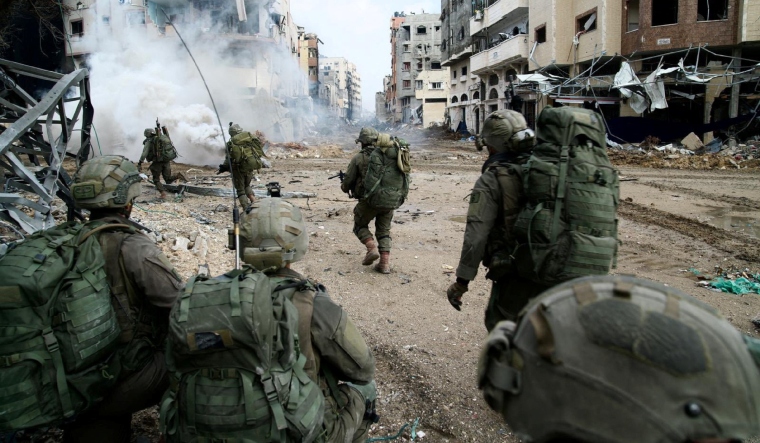With civilians having mostly moved out of the way, the decisive battle between infantry soldiers of the Israel Defense Forces (IDF) and the Hamas fighters is set to get dirtier. What is to come is the fight to ultimately control streets, alleys, and most importantly the huge network of tunnels that run underneath Gaza.
The gains from such urban guerrilla warfare are very slow and incremental but have the potential to cause far more human casualties as danger lurks at every corner.
After the October 7 surprise raid from across Gaza, Israel had initially pursued a conventional offensive by indulging in heavy bombardment by artillery and extensive use of air power.
The actual ground foray with four IDF Divisions being sent into Gaza began on October 27. More than 133 Israeli soldiers have been killed in the offensive till now.
But now, after following a ‘scorched earth’ policy, the final phase in north Gaza will see an IDF effort to sanitise the previously Hamas-controlled areas and localities. But this could be a very tough phase with enemy fighters still dug in across northern Gaza.
The realisation that from now on it could be a long-drawn war may be exerting pressure on the Israeli and Hamas leadership to get drawn towards another ceasefire.
The IDF plan to flood the tunnels with seawater from the Mediterranean Sea is apparently on hold as the whereabouts of the Israeli captives in Gaza remain unknown. Hamas is still holding about 130 Israeli citizens hostage.
New numbers indicate that the Hamas attack on October 7 killed 1,139 people while 250 were abducted. The dead included 695 Israeli civilians including 36 children, 373 security forces and 71 foreigners.
The Israeli counterattack, exhibiting no discrimination, till now has killed more than 19,667 people with many of them being women and children while more than 52,586 people were injured.
On Tuesday, UNICEF spokesperson James Elder, after spending about two weeks in Gaza, termed Gaza as “the most dangerous place in the world” for a child. “I'm furious that those with power shrug at the humanitarian nightmares unleashed on a million children,” he said.
Focusing on the worsening food and water situation in Gaza, the UNICEF said that children in south Gaza have to do with only 1.5 to 2 litres of water each day as against the minimum daily water requirement of at least 15 litres and the three litres needed for survival.



